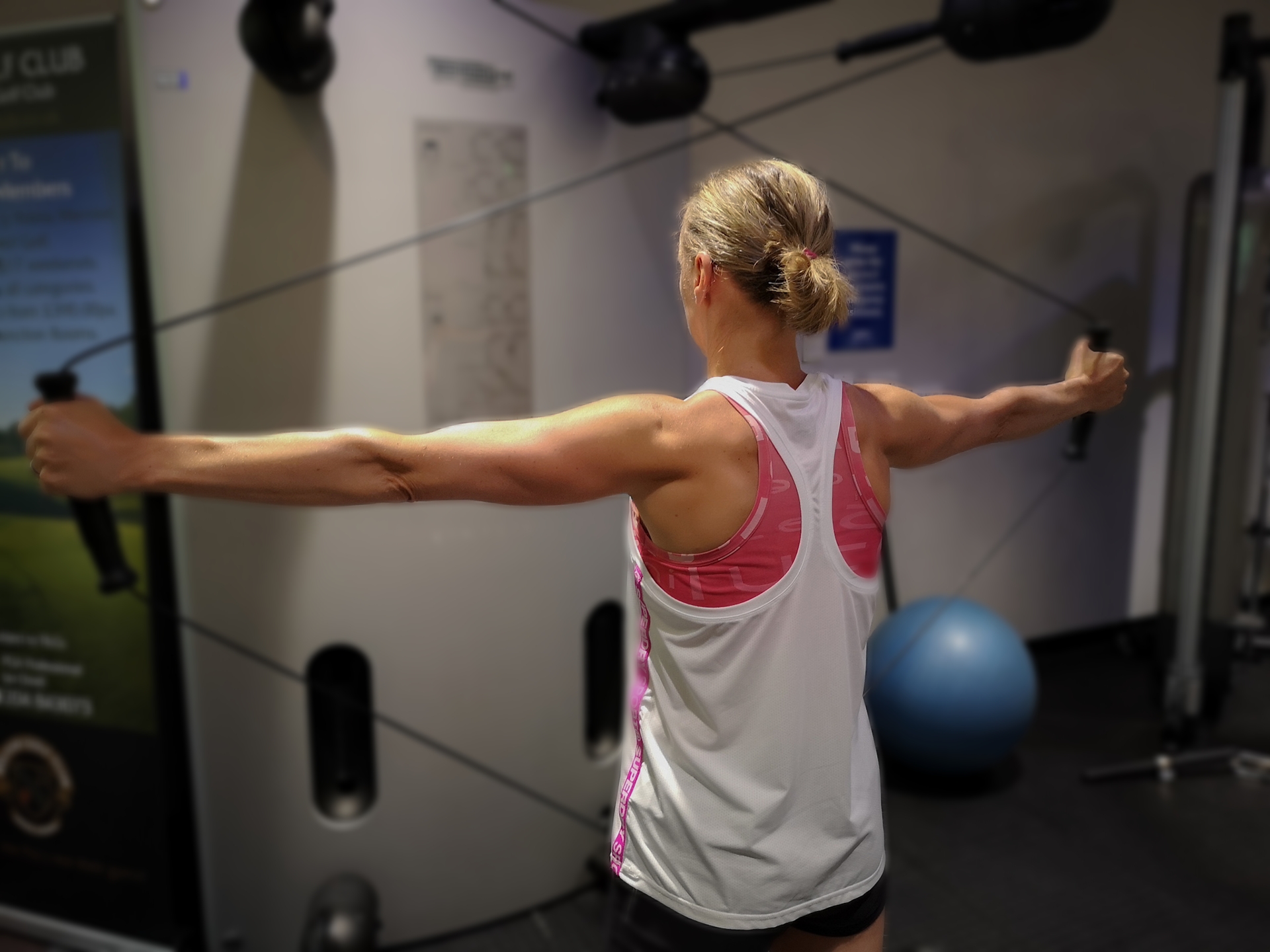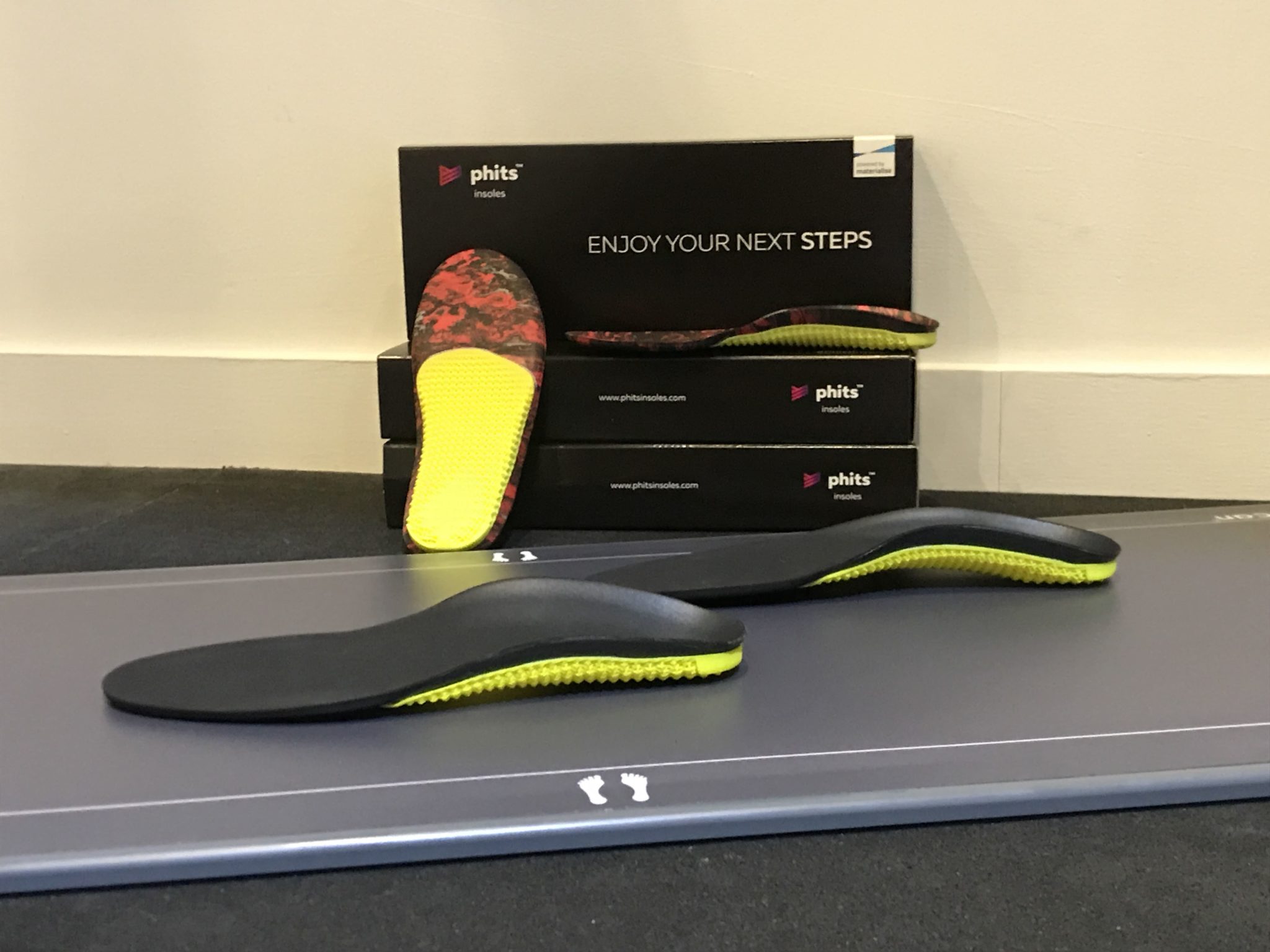Rather ironically, Andy Hosgood – one of our co-founders and Physios here at Summit Physio – found himself incapacitated as the result of an Achilles Rupture from boxing. Very similar to David Haye in his fight against Tony Bellew on Saturday night. Read Andys previous post here.
From personal experience Andy knows the pain and inconvenience faced with Achilles Ruptures and for David Haye to continue to box for a further 5 rounds we have nothing but admiration for his courage. Anthony Joshua has a similar take on David Hayes “Brave Performance”.
Achilles
Achilles, for those who don’t know, was an Ancient Greek legend, a hero of the Trojan War. His story is recorded in glorious details within Homer’s The Iliad, but little seems to be remembered about his death on the battlefield, which – unusually – occurred when he took an arrow to his heel.
Whether or not the heel was an inherent weakness for Achilles in particular, the legend went on to fuel the term “Achilles heel”, tending to indicate a person’s crucial weakness.
What is the Achilles Tendon?
Well, not the heel per se; it’s actually the Achilles tendon that I managed to rupture. If you’re unsure what the Achilles tendon is, it’s the long tendon that connects the back of your calf to the bottom of your heel. It’s properly known in the medical world as the “calcaneal tendon” or the “tendo calcani”.
The Achilles tendon is connected to your calf muscles; these consist of the gastrocnemius (the chief muscle that flexes the knee and foot) and the soleus (located beneath the gastrocnemius, responsible for flexing the foot to point the toes).
The role that these muscles tend to play most commonly is pushing your body off the ground during activities like walking and running. When the soleus muscle shortens, it pulls the toes down, which allows you to push off the floor. When the Achilles tendon is ruptured, this is no longer feasible, and the patient is effectively rendered immobile.
Explaining a Rupture
Rupturing the tendon can be the consequence of “overloading” your Achilles. Because the tendon is at the base of the leg, it’s under a great deal of pressure, especially when you push your foot against the ground quite suddenly with a lot of force. Which is what I did. So don’t do that.
Alternative reasons for a rupture can be due to inadequate use of muscles. For example, a lot of people with poor posture end up using the calf muscles as postural stabilisers, rather than the gluteals (the buttocks) and the abdominals. That means that an excessive amount of pressure is put on the legs.
There are also problems caused by bad foot positioning, whether that’s the result of an old ankle injury or lifelong over-pronation.
Prevention: The Best Cure
It is widely debated among healthcare professionals as to how an Achilles rupture should be treated, since the causation is so varied.
Our opinion? Prevent it.
The best solution? That’s simple, The Performance Matrix. By having a full body movement screening, our experts can assess where you might have a particular weakness, and we can then put a long-term plan together to help you improve your technique, reducing the likelihood of injury. If you find weakness in your Achilles tendon, you need to reduce the intensity of your training and evaluate how best to treat it.
You don’t have to be a runner to rupture your Achilles tendon; it can occur in just about any sport involving the legs. Don’t neglect it as an area to strengthen, as one bad footing can put you out of the race indefinitely. I’ve got the scars to prove it!



